We have been in discussion for some time with the landowner on the Culroy Burn where erosion appears to be contributing to silt problems further downstream. The burn is eroding prime agricultural land at an alarming rate and it is not only us but also the landowner that is concerned. We discussed what measures may be suitable to stabilise the situation with SEPA and following another meeting today with the land owner, we will submit a plan of works to SEPA for comment.
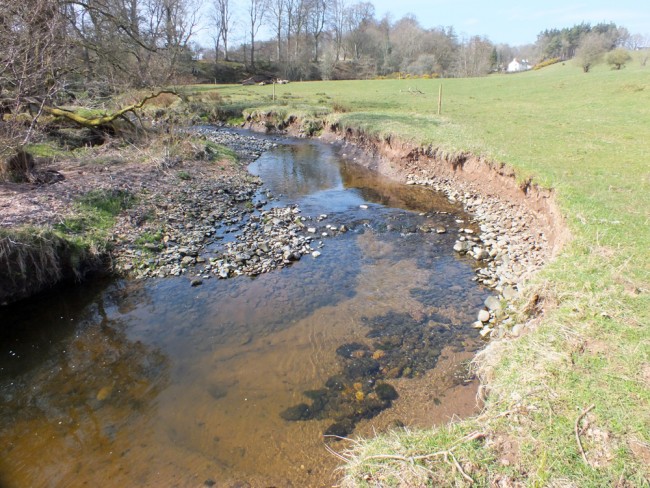
Another area of rapid erosion. The clay bed is denuded of gravel, probably due to it being deposited in low energy areas upstream.
The burn is over wide in places leading to a lack of energy and subsequent deposition of sediments occurring, which in turn alters the course of the burn and causes erosion.
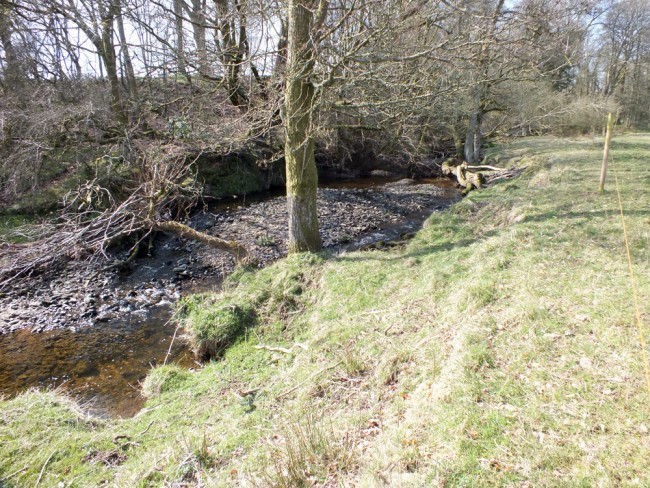
Gravel deposits are building up in low energy areas leading to accelerated erosion as flows are deflected against the river bank rather than down the existing channel. Fencing should help to address this issue but on its own may not be enough
With such movements occurring, erosion at tight bends and meanders appears to be accelerating. We hope to use green engineering techniques where possible: such as willow spilling, large wood timber anchored instream, log deflectors etc plus more traditional measures such as bank re profiling and tree planting. Should SEPA give us the green light, and approval from the DSFB, let’s hope work will progress soon to ensure that all improvements are stable by the time we reach next winter.
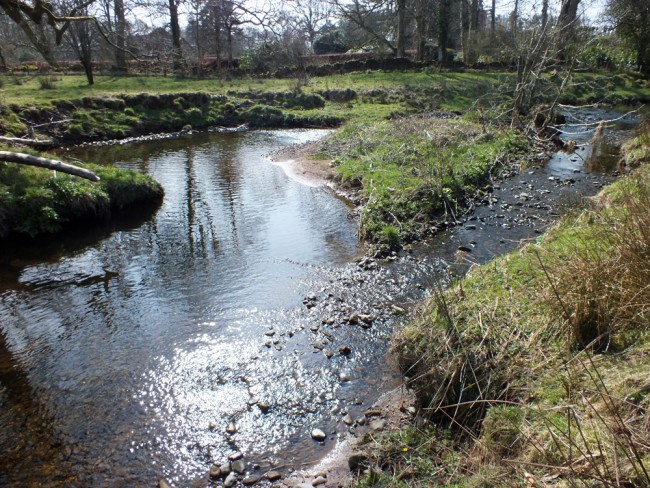
A braided channel which is left unaddressed will lead to more tree cover being lost and tonnes of silt being mobilised.
The Culroy Burn has long been a dilemma and todays visit threw up even more questions as to why such a good looking wee burn (in places) is failing to produce adequate trout and salmon. The fish population hasn’t been good for some time yet water quality appears to be fine and habitat in some places is good. This small catchment drains Beoch and the east side of Brown Carrick Hill and surrounding farmland. It is mainly a sheep producing area on the hillside although there are cattle to a lesser extent. It had a reputation as a sea trout burn years ago although it isn’t clear whether salmon ever used it in any number. Several years ago there was a large milk spill from one of the few dairy farms in the catchment and this wiped out many salmonids. Intermittent stocking of the burn with salmon have been made in the past but the number of salmon juveniles encountered remains low. Parr numbers of both trout and salmon are declining. Three years ago we found a single salmon parr in the upper reaches of the burn that appeared to have been naturally produced as no stocking had taken place anywhere near where this fish was caught. In 2012/13 an egg trial in the upper and middle burn was a disaster with no eggs surviving to hatching. Last year the Garryhorn and Sauchrie Burns that supply the Culroy all but dried up.
Today in ideal conditions, we failed to see any trout, salmon or minnows in any of the pools which surprised me. We will return to electrofish several sites shortly but I can’t help but feel there is something happening on this burn that isn’t immediately obvious. I have a hunch on this based on nothing more than a gut feeling but will look more closely at this in the summer. All things being equal, this burn should support good numbers of trout and possibly salmon. It is a priority for improvement for both ART and the Board so lets hope we can make the necessary improvements to the habitat and identify any other factors causing the poor performance in the coming months.
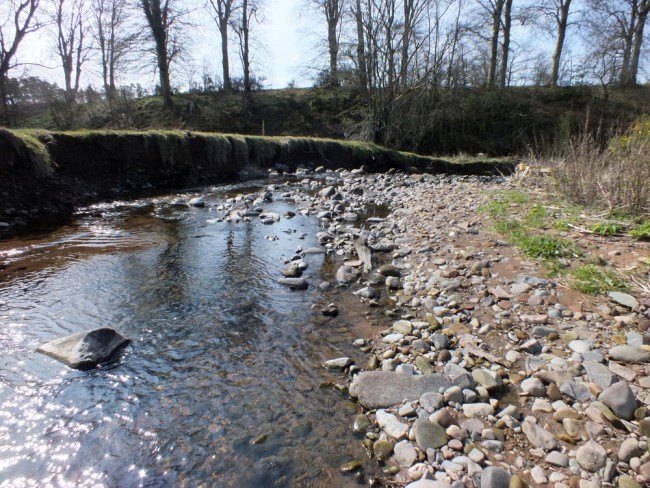
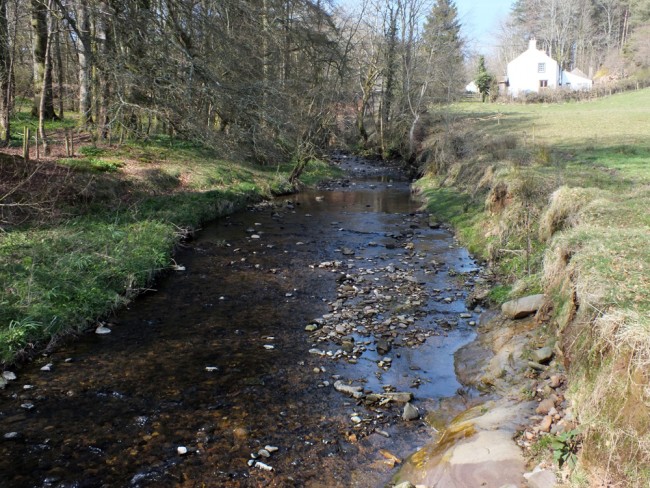


Is the title a play on words or a typo? 🙂
Just auto correct on the web page editor getting carried away with itself again.